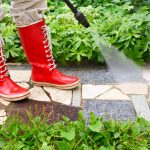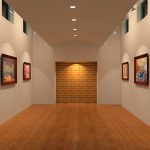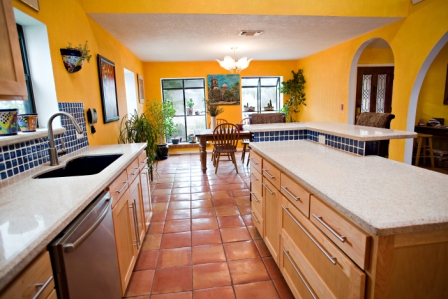We at Wolf-Gordon feature designer wallpapers in a number of textures, materials and patterns. After all, when you are displaying the skills and creations of a wall paper designer, you have to give them enough options that will allow them to create the coverings in their own special way.
Designer Offerings
Some of the designers who are showcased in our line of designer wallpapers include such notables as Morgan Bajardl and Kevin Waiz. Designer wallpapers by these artists and others can be made of textiles with stain-resistant and fire-resistant finishes as well as natural fabrics, such as linen, cork or sisal. Grasscloth is used in designer wallpapers as well as standard offerings. The sustainable material is typically laminated to a paper back for dimensional stability.
A Natural Material that Features Anti-Allergenic Properties
One of the natural materials that are also highlighted in designer wallpapers is linen. Known for its strength and longevity, linen has been used by man in manufacturing longer than any other fiber on the planet. Our linen blend textile coverings are made with European linen and possess the ultimate in anti-allergenic and anti-static properties. Not only is the cloth breathable, it is also resistant to microbial growth and insects.
Non-woven Coverings with Swarovski Crystals
Non-woven wall coverings that blend polyester and wood pulp to form a PVC-free type product are featured in our specialty and designer wallpapers too. One of our collections features Swarovski crystal-embedded designs. Printed patterns are also available in these offerings.
Needless to say, it is always exciting to choose from collections of wallcoverings when decorating any type of property. However, even wallpaper with a “designer” tag attached to it can, at times be susceptible to the elements.
Look for Wallcoverings with High Permeability Ratings
Whatever wallpaper you buy, you have to be mindful of mold and mildew. What most people don’t realize is that mold and mildew primarily result from excess moisture. Therefore, to prevent the problem, you need to find the where the water or vapor is entering. To prevent any deterioration or discoloration of a wallcovering, whether it is a textured covering or a designer brand, you have to identify the source. Therefore, wallcoverings with higher permeability ratings can alleviate any issue with mold and mildew.
Reasons for a Higher Moisture Content
Moisture in a building is influenced by the quality of the interior construction (no provision for moisture to escape), infiltration of any water from the outside (a building envelope that leaks), moisture condensation (coming from water vapor inside or outside a building) or moisture generated inside a building.
To reduce a moisture problem that leads to mold and mildew, avoid applying more than one layer of a wallpaper at a time. Also, balance out the HVAC system so the humidity is maintained at a low level and the temperature remains constant. Using moisture-permeable, breathable wallcoverings, such as linen, is helpful too.







